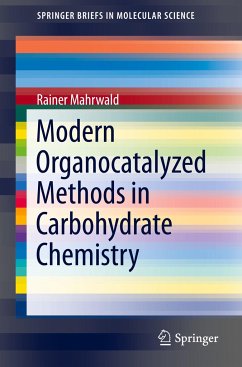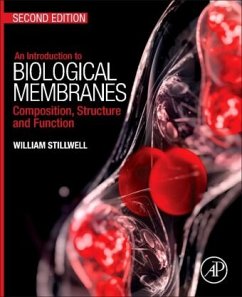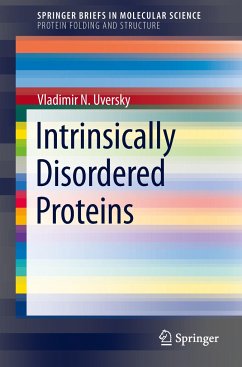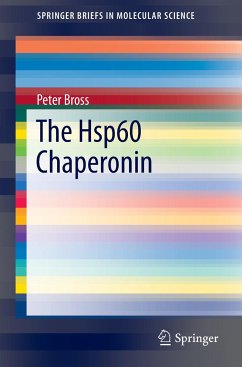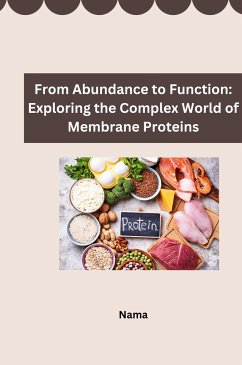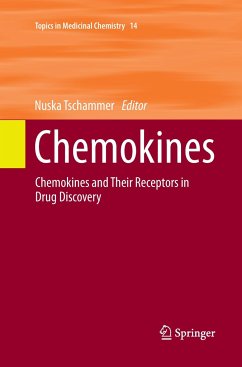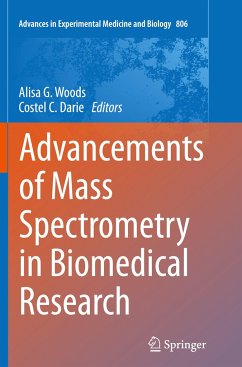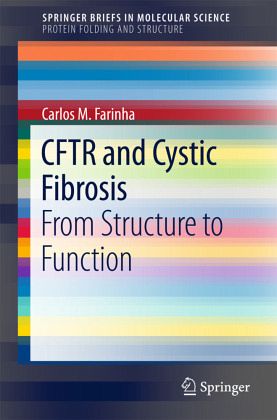
CFTR and Cystic Fibrosis
From Structure to Function

PAYBACK Punkte
19 °P sammeln!
This Brief is devoted to the CFTR protein and cystic fibrosis, and it provides an updated perspective of the genetic, functional and cellular processes involved in this conformational disorder. Starting with a historical perspective on cystic fibrosis and its clinical features, the author departs into an in-depth description of the biology of the CFTR protein, ending with a discussion on the latest approaches aimed at developing corrective therapies for cystic fibrosis.First the basic aspects of cystic fibrosis as a disorder are addressed, focusing on genetics and mutation prevalence. Then the...
This Brief is devoted to the CFTR protein and cystic fibrosis, and it provides an updated perspective of the genetic, functional and cellular processes involved in this conformational disorder. Starting with a historical perspective on cystic fibrosis and its clinical features, the author departs into an in-depth description of the biology of the CFTR protein, ending with a discussion on the latest approaches aimed at developing corrective therapies for cystic fibrosis.
First the basic aspects of cystic fibrosis as a disorder are addressed, focusing on genetics and mutation prevalence. Then the CFTR protein is discussed in detail: its structure and classification within the ABC transporter superfamily, its biogenesis with membrane insertion and chaperone assisted folding, its glycosylation and how it regulates the endoplasmatic reticulum quality control mechanisms that assess CFTR folding status. Extra attention is given to post-ER trafficking and regulation of membrane stability and anchoring, and to CFTR functions. This is linked to the molecular mechanisms through which different CFTR mutations cause cystic fibrosis. Finally, the different efforts aiming at rescuing the basic defect, most of which aim at repairing CFTR dysfunction, are covered.
Through this integrated perspective, readers will obtain a unique insight into this fascinating membrane-bound protein and its associated disease. This Brief appeals to an audience interested in human genetics, protein folding, protein trafficking and physiology.
First the basic aspects of cystic fibrosis as a disorder are addressed, focusing on genetics and mutation prevalence. Then the CFTR protein is discussed in detail: its structure and classification within the ABC transporter superfamily, its biogenesis with membrane insertion and chaperone assisted folding, its glycosylation and how it regulates the endoplasmatic reticulum quality control mechanisms that assess CFTR folding status. Extra attention is given to post-ER trafficking and regulation of membrane stability and anchoring, and to CFTR functions. This is linked to the molecular mechanisms through which different CFTR mutations cause cystic fibrosis. Finally, the different efforts aiming at rescuing the basic defect, most of which aim at repairing CFTR dysfunction, are covered.
Through this integrated perspective, readers will obtain a unique insight into this fascinating membrane-bound protein and its associated disease. This Brief appeals to an audience interested in human genetics, protein folding, protein trafficking and physiology.





